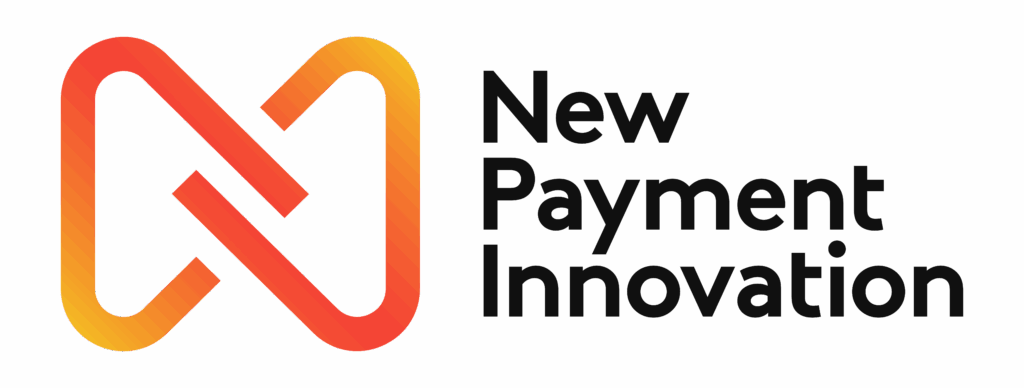Switching payment providers can feel daunting for any UK business owner. Whether you’re frustrated with high fees, poor customer service, or outdated technology, making the change doesn’t have to disrupt your daily operations. With proper planning and the right approach, you can switch payment providers seamlessly whilst maintaining excellent service for your customers.
Many small business owners and retailers stay with unsuitable payment processors simply because they fear the transition process. However, understanding the steps involved can transform what seems like a complex undertaking into a straightforward business improvement. Let’s explore how you can make this change confidently and efficiently.
Why UK Businesses Switch Payment Providers
Before diving into the how, it’s worth understanding why so many businesses decide to switch payment providers in the first place.
Common Reasons for Switching
High transaction fees remain the primary motivator for most businesses. According to UK Finance, payment processing costs can significantly impact profit margins, particularly for small retailers operating on tight budgets.
Poor customer support is another frequent complaint. When your card machine stops working during peak trading hours, you need immediate assistance—not an automated response promising a callback within 48 hours.
Outdated technology can also hold your business back. Modern payment solutions offer contactless payments, mobile integration, and real-time reporting features that older systems simply cannot match.
Finally, many businesses find themselves locked into lengthy contracts with hefty exit fees. Whilst these can complicate matters, they shouldn’t prevent you from seeking better value elsewhere.
Planning Your Payment Provider Transition
Success lies in thorough preparation. Rushing to switch payment providers without proper planning can indeed cause disruption, but a methodical approach minimises risk.
Review Your Current Contract
Start by examining your existing agreement carefully. Note your contract end date, any notice periods required, and potential early termination fees. Some providers require 30, 60, or even 90 days’ notice before switching.
Check whether you own or lease your current equipment. Leased card machines must typically be returned, whilst owned terminals remain your property.
Research Alternative Providers
Not all payment providers suit every business type. Consider what matters most to your operation:
- Transaction fees and pricing structure – flat rates versus interchange-plus pricing
- Contract flexibility – monthly rolling contracts offer more freedom than multi-year agreements
- Equipment quality – modern terminals with contactless, chip and PIN, and mobile connectivity
- Settlement times – how quickly funds reach your business account
- Customer support – UK-based telephone support versus offshore call centres
New Payment Innovation specialises in helping UK businesses find payment solutions tailored to their specific needs, with transparent pricing and no hidden fees.
Choose the Right Timing
Strategic timing can make or break your transition. Avoid switching during your busiest trading periods—retail businesses shouldn’t change providers just before Christmas, whilst hospitality venues might avoid summer holidays.
Consider switching during traditionally quieter periods when you can afford brief interruptions should any issues arise.
The Step-by-Step Switching Process
Once you’ve completed your preparation, follow these steps to switch payment providers smoothly.
Step 1: Apply with Your New Provider
Complete your application with your chosen provider. You’ll typically need:
- Business registration details
- Bank account information
- Recent processing statements
- Identity verification documents
Reputable providers like New Payment Innovation make applications straightforward, often completing approvals within 24-48 hours.
Step 2: Arrange Equipment Delivery and Installation
Schedule delivery of your new payment terminals to arrive before you discontinue your old service. Most modern systems are plug-and-play, requiring minimal technical knowledge.
Ensure your staff receive proper training on the new equipment before going live. Even slight differences in operation can cause confusion during busy periods.
Step 3: Run Parallel Systems Briefly
If possible, run both old and new systems simultaneously for a short period—even just one or two days. This safety net ensures you can still process payments if unexpected issues arise with the new equipment.
Test various payment methods: contactless, chip and PIN, and manual card entry. Process small test transactions to verify everything functions correctly.
Step 4: Notify Your Current Provider
Once you’re confident in your new system, provide formal notice to your existing provider according to your contract terms. Request written confirmation of your cancellation and any final settlement amounts.
Arrange return of leased equipment promptly to avoid additional charges. The Financial Conduct Authority provides guidance on fair treatment regarding contract terminations.
Step 5: Update Your Business Records
Remember to update:
- Accounting software with new merchant account details
- Staff training materials and procedures
- Any automated reconciliation systems
- Insurance policies covering payment equipment
Avoiding Common Pitfalls
Even with careful planning, certain mistakes can complicate your transition when you switch payment providers.
Don’t Terminate Too Early
Never cancel your existing service before your new system is fully operational. The gap between providers—even if just hours—represents lost sales and frustrated customers.
Communicate with Your Team
Staff anxiety about new systems can create operational problems. Involve your team early in the decision-making process and provide thorough training. Their buy-in makes implementation significantly smoother.
Monitor the First Few Weeks
Pay close attention to settlement times, transaction reports, and any error messages during your first month with a new provider. Early detection of problems allows quicker resolution.
Keep Documentation
Maintain records of all communications with both old and new providers. Should disputes arise regarding final charges or equipment returns, documentation proves invaluable.
Benefits of Making the Switch
Businesses that successfully switch payment providers typically experience immediate benefits:
Cost savings from reduced transaction fees can add thousands of pounds annually to your bottom line—money better reinvested in your business growth.
Improved technology enhances customer experience through faster transactions and acceptance of modern payment methods like Apple Pay and Google Pay.
Better support means less downtime and quicker resolution when issues do occur, protecting your revenue during crucial trading hours.
According to research by UK Small Business, businesses that regularly review their payment processing arrangements save an average of 20-30% on related costs.
Why Choose New Payment Innovation?
At New Payment Innovation, we understand that switching providers feels challenging. That’s why we’ve designed our onboarding process to be as seamless as possible for UK businesses of all sizes.
We offer:
- Transparent pricing with no hidden charges or surprises
- Flexible contracts that adapt to your business needs
- Modern equipment with the latest payment technology
- UK-based support available when you need assistance
- Quick setup to get you processing payments fast
Our experienced team guides you through every step, from application to go-live and beyond.
Take the Next Step
If you’re ready to switch payment providers and want a partner who prioritises your business success, we’re here to help. Don’t let frustration with your current provider continue costing you money and causing stress.
Contact New Payment Innovation today on 023 8001 9998 or visit npi.uk to discuss your payment processing needs. Our friendly team will provide a no-obligation quote and show you exactly how much your business could save with a seamless transition to better payment solutions.
Making the switch is easier than you think—and the benefits make it well worth the effort.






